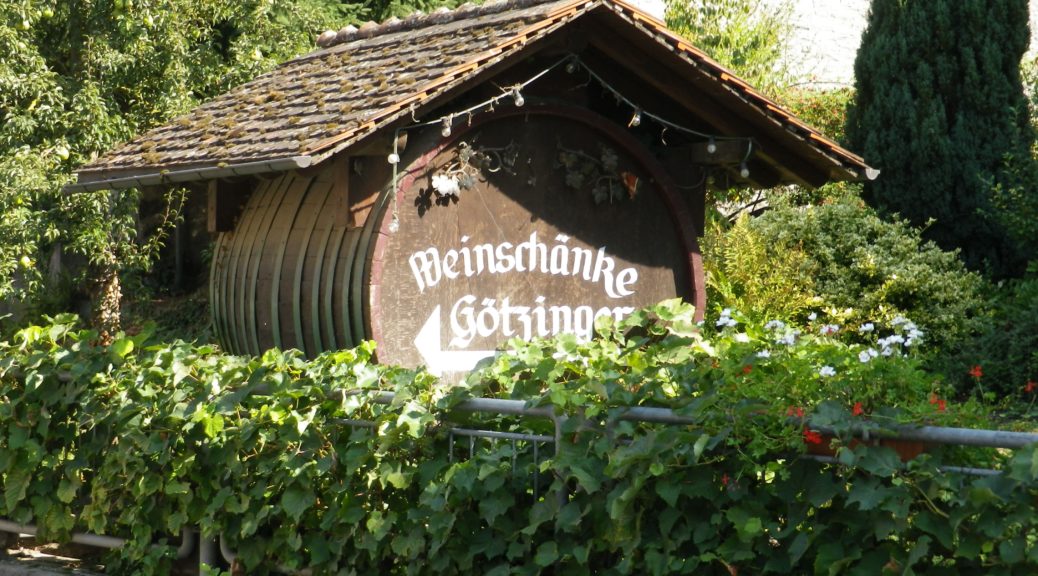What I Learned
The Hessische Bergstrasse is one of the smallest wine regions in Germany, with less than 450 hectares of land under vine. Facing onto the Rhine River valley, with the Odenwald mountains and forest at its back, the weather here is milder than in most other places in Germany. The name of the region comes from the “mountain road” (Berg Strasse) that the Romans built along the foothills. Roman roads often had relay stations, small forts and taverns to serve officials and soldiers as well as travelling merchants. And where Romans resided, they often planted vines for wine. So, the first evidence of viticulture dates to 2,000 years ago.
Being so small, it is not always easy to find Hessische Bergstrasse wine outside this region. About 50% of the wine produced here is Riesling. This follows the trend of white wines to predominate overall. Only about 16% of the total wines from the region are red wines.
What I Tasted
2015 Weissburgunder, Auerbacher Hoellberg, Halbtrocken, Qualitaetswein, Hessische Bergstrasse, Weingut u. Weinschaenke Rebenhof: An off-dry white wine with pale gold color; smoky and citrus nose, with citrus, spice and slight oak flavors, with medium acidity.
2015 Grauer Burgunder, Trocken, Kabinett, Deutscher Praedikatswein, Bergstraesser Winzer (Heppenheim): A dry white wine (Pinot Gris) with medium gold color; a talc and floral nose, with fruity flavors of apricot and peach, and a hint of floral notes; medium-low acidity.
2015 Grauer Burgunder, Heppenheimer Schlossberg, Trocken, Spaetlese, Deutscher Praedikatswein, Bergstraesser Winzer: A dry white wine (Pinot Gris) with medium gold color; a mineral nose, with herbal and tobacco flavors; mild acidity, very smooth finish.
2014 Spaetburgunder, Trocken, Kabinett, Qualitaetswein, Weingut Rebenhof (Zwingenberg): A dry red wine (Pinot Noir) with light ruby red color; a fruity, red berry nose, with sweet cherry, and bubblegum flavors; medium tannins.
